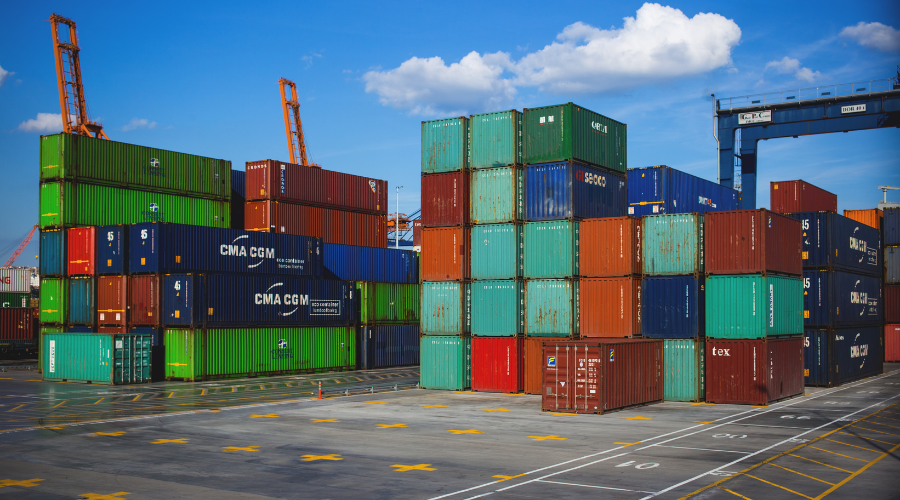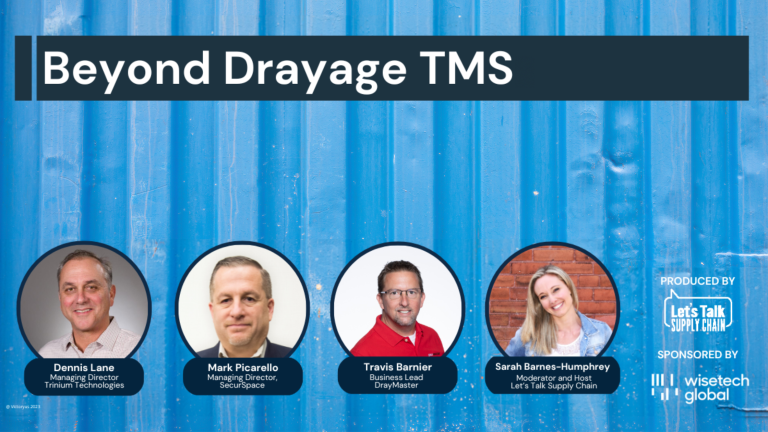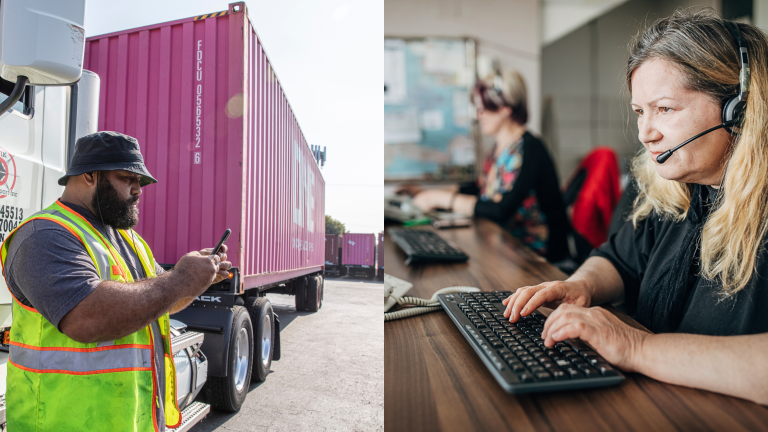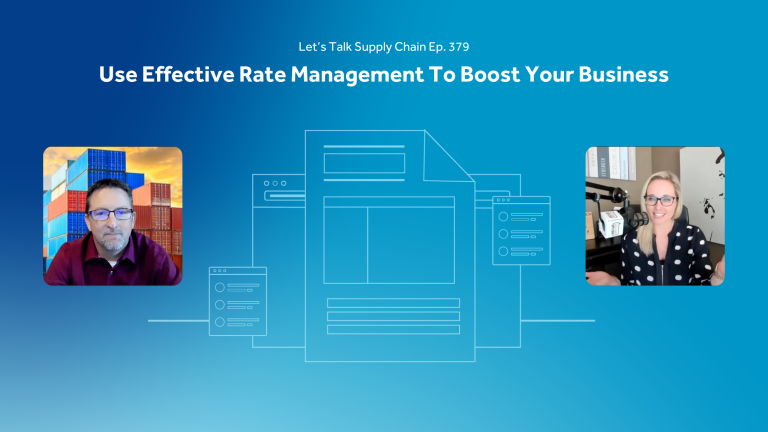Insight and answers from Envase and Kin Logistics
We kicked off the year with a special webinar looking at the industry and market jointly presented by Envase and Kin Logistics. The past two years have hit the industry hard, driver shortages, port backups, even the cost of containers themselves, we’re all hoping 2022 will be a turning point.
And it will. And won’t.
Dan Gardner presented in-depth insights into his view of the market from decades in the drayage and shipping space. This hour-long webinar is a must watch to get a leg up on your competitors this year.
Envase Webinar: The Year Ahead for Drayage Service Providers
Port Congestion Continues, But There’s a Bright Side
Port congestion continues across North America and it could take 4–6 months for all of the backlogs to be cleared. And shippers know this. Carriers are moving to alternate ports and routes to move goods across North America. Drayage providers who serve more than one geographic area and can offer flexible options for loading and unloading, have a real opportunity to gain more business this year.
A quick poll during the webinar show 45% of attendees were already serving multiple geographies and 15% considering expanding. The savvy providers are the ones who see wide geographical coverage as a competitive advantage.
There is also an opportunity for drayage providers to offer transloading and can combine smaller loads from several customers into larger loads to more efficiently move freight. The more flexible you can be, the more option you can offer customers, the more you can take advantage of the current supply chain issues.
There’s a “but…” to that statement, because the dynamic between shippers and carriers is also changing. The change may force drayage providers to think about who is their target customer and adapt their business.
Who is My Customer?
Some shippers are going right to steamship lines to negotiate shipping directly, avoiding NVOCCs (Nonvessel Operating Common Carrier). NVOCCs often would include a contract with a drayage provider as a “package deal” for shippers, however if shippers go right to steamship lines, and contract their own drayage, there is the possibility you could lose business.
Deciding who you are serving, who your ideal customer is, will be important to growing your drayage business this year. The trend moving away from NVOCCs to direct relationships could be a reaction to current supply chain issues or a longer-term trend. This is going to be something to watch closely. If your NVOCC partners start giving you less business, it might be a sign to start business development efforts with shippers or the steamship lines themselves.
Ocean Shipping Reform Act 2021
Passed the U.S. House, similar bill introduced into the U.S. Senate. Aims deal with “unjust and unreasonable” demurrage and detention charges at ports. However it will be on the carrier to prove the charges were unreasonable. This means it will be more important than ever to keep detailed records of appointment bookings, especially delays, and other factors that affect charges.
This is a welcome change, but it remains to be seen how it will work in practice (if it becomes law).
Taking the Burden Off Ports as a Business Opportunity
Demurrage and detention charges continue to hit shippers hard. Which means there is also room for drayage providers who can move and store or unload containers for customers in your own yards. This brings obvious yard management and loading challenges, but nothing good technology can’t manage.
Remote Work and Workforce Challenges
The Great Resignation of 2020-2021 shows no sign of slowing down. As COVID forced most people into remote work, people realized there was more to life than work. This meant a lot of people moved away from city centers to smaller areas. It also meant commercial drivers and other workers found other work, or retired, in the past year.
Driver shortages show no signs of improving soon. Given months-long and expensive training required for commercial drivers, it could take years to build back to the number of drivers needed to serve drayage alone (not to mention public transportation and other industries that require CDLs).
But there is one thing we have learned in the past two years: employers who are flexible and offer a better work-life balance are the ones who can attract and retain employees. Web-based solutions like the suite of tools from Envase allow people to work from home anywhere in the country–or the world. Coming into the office to run reports, generate invoices, or book loads doesn’t make sense today. People don’t want to commute to an office to do something they can do just as well from home. But allowing and supporting remote work you not only can retain current employees, you can expand recruiting from just your local area to nearly anywhere in the country. And using partners like Kin, you can leverage timezone differences to have work going nearly 24/7. If you are on the West coast, East coast employees can have a half day’s work in before you finish your first coffee. Leveraging the 11 hour time difference between Pakistan and the West Coast means you have people who have worked an entire day for you, while you were asleep.
For drivers, routing and scheduling is going to be key. Making sure drivers can run routes that let me be home at night, will be an important part of keeping people in the business. This means having software that tracks which drivers are best for which routes and deliveries. Again, like remote work, transloading, demurrage/detention, and expanding into new geographies, flexibility is the key for 2022. The faster you can adapt this year, the better set you’ll be for the next.
Technology and Partners are the Key for 2022
As Dan laid out the challenges and opportunities in the year ahead, he noted several times the keys to adaptability and flexibility are technology and key partnerships.
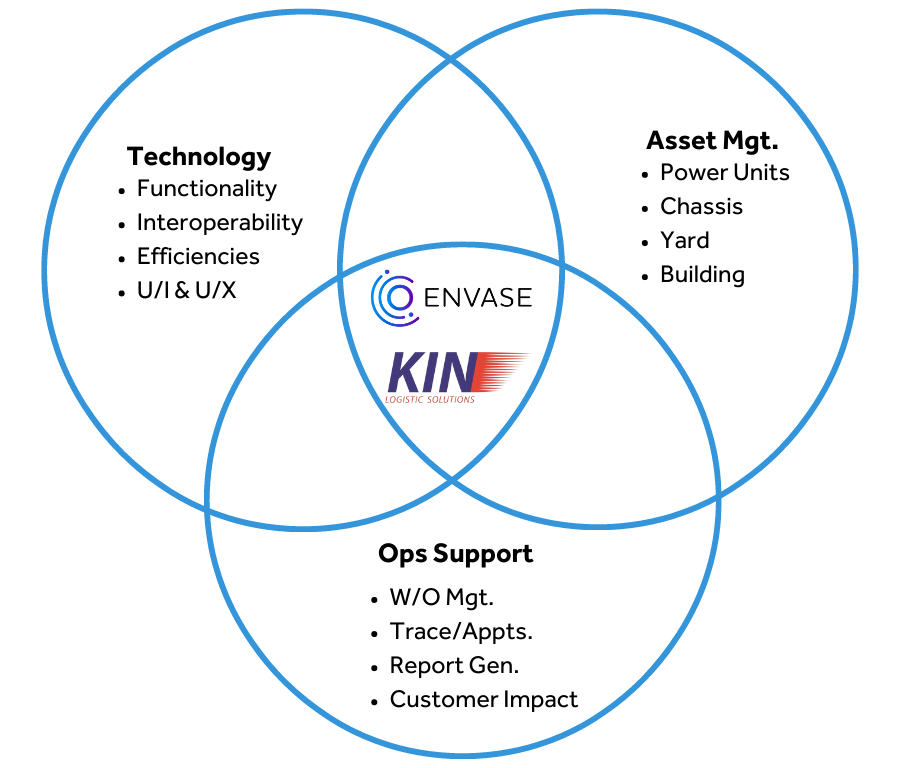
His diagram shows how the top two circles (Envase Technologies) and the bottom circle (Kin) give you all the tools and solutions you need to not only survive the current instability, but thrive and expand.
If you’d like to learn more about Kin or Envase, get in touch and learn how 2022 is the year you make the switch to adaptability.
About Kin Logistics
Kin gives your business more time to build your business by managing operational tasks that tie up your team. Kin can hand work order management, invoicing, track/trace, appointment booking, and reporting tasks. Based in Karachi, Pakistan and Los Angeles, Kin helps your business run 24/7 with a remote workforce that works while North America sleeps.
To learn more about Kin, visit the Kin Logistics website.

